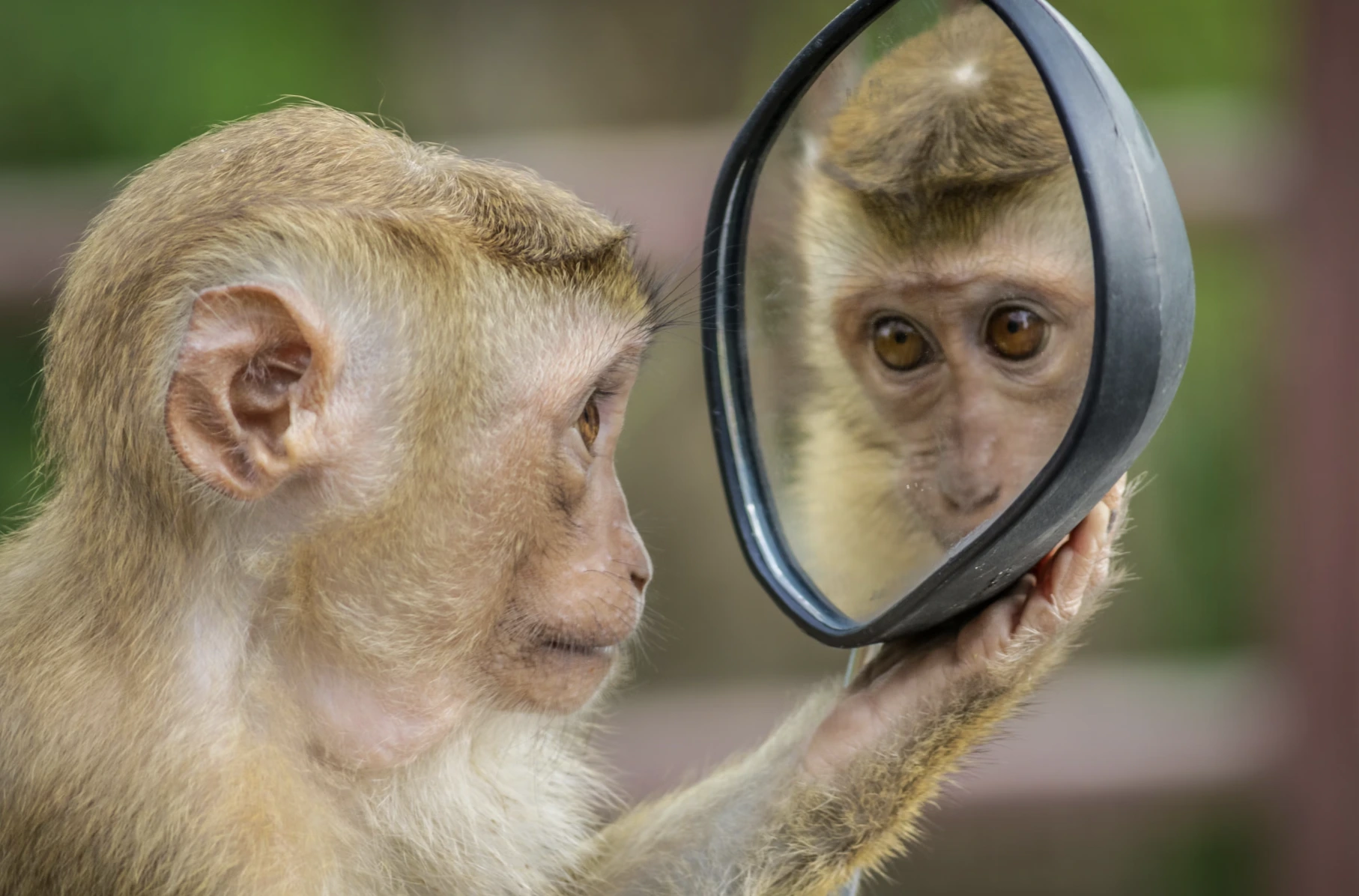
AI Outperforms Humans in Scanning Animal Faces For Stress And Pain, Potentially Improving Animal Welfare
AI is advancing the ability to interpret animal facial expressions, offering new tools for monitoring welfare. AI systems can detect signs of stress, pain, and other emotional states in various species, potentially improving care standards, as first reported by a report by Science.
In a Rush? Here are the Quick Facts!
- AI systems monitor animal facial expressions to detect stress, pain, and emotions.
- Intellipig, developed by UWE and SRUC, analyzes pigs’ faces for signs of distress.
- AI could help smart farms ensure animals live stress-free, happy lives with continuous monitoring.
One such system, Intellipig, developed by researchers at the University of the West of England Bristol (UWE) and Scotland’s Rural College (SRUC), is undergoing testing on U.K. farms.
Cameras capture pigs’ faces as they approach feeding stalls each morning. In under a second, AI identifies individual pigs and assesses their expressions for indications of distress or discomfort, notifying farmers when intervention is needed.
“These tools could usher in a new era of caring for animals that gives higher priority to their health, welfare, and protection,” says Melvyn Smith, a machine vision engineer at UWE, as reported by Science.
The system relies on deep learning, an AI technique that enables pattern recognition. It has achieved a 97% accuracy rate in identifying pigs and is effective at detecting stress through facial features alone.
The paper explains that AI training begins with “landmarking,” where researchers mark key facial points—such as the edges of eyes or nostrils—on thousands of images. These points form a facial map, which AI learns to recognize even in partially obscured faces.
AI then analyzes distances between landmarks to identify expressions. For example, a cat in pain may widen its muzzle, increasing the distance between mouth edges. By comparing these changes with established grimace scales, AI can detect pain with high accuracy.
In 2023, Anna Zamansky, a computer scientist at the University of Haifa, and her team achieved 77% accuracy in detecting pain in cats. Similarly, Peter Robinson at the University of Cambridge developed an AI tool that identified sheep suffering from footrot or mastitis within a herd.
However, Science notes that AI applications face limitations, including insufficient high-quality training data. “There aren’t that many pictures of dogs and cats and sheep on the internet,” Robinson notes, particularly those with clear emotional indicators. AI can also misinterpret expressions by focusing on irrelevant features.
To address concerns about AI’s “black box” nature, Zamansky’s team uses tools like GradCAM to visualize which facial areas AI prioritizes. Their findings suggest the eye region is most informative across species, as noted by Science.
Researchers are now pushing AI to interpret more nuanced emotions, such as happiness, frustration, or fear. Brittany Florkiewicz, an evolutionary psychologist at Lyon College, has cataloged 276 distinct facial expressions in cats, as previously reported also by Science.
Collaborating with Zamansky’s team, she is using AI to analyze these expressions, revealing subtle mimicry among cats that often signals bonding or playfulness.
Zamansky’s team has also trained AI to differentiate between “happy” and “frustrated” dogs and horses. In one experiment, AI correctly identified a dog’s emotional state 89% of the time. While success rates for more complex emotions, like disappointment, are lower, they still outperform chance.
More broadly, labs and pet shelters could leverage AI to track pain and emotional states in animals, says Florkiewicz as reported by Science. Meanwhile, “smart farms”—such as those being tested in the English countryside—aim to deliver personalized care to animals through continuous monitoring.
Ultimately, Smith explains to Science that AI systems could assist farmers in ensuring pigs not only live stress-free but also experience happiness.


 Previous Story
Previous Story

 Latest articles
Latest articles 

Leave a Comment
Cancel